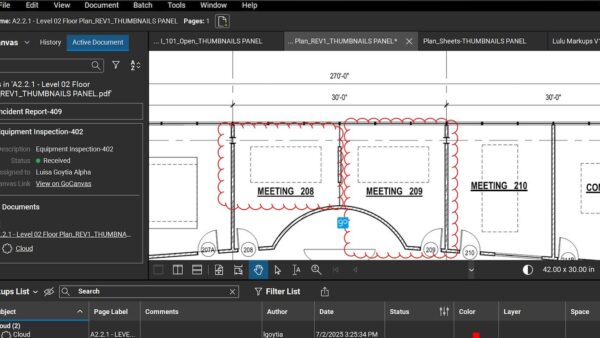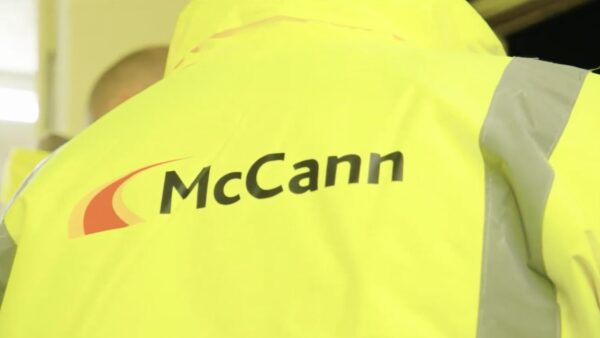Two key documents at the heart of BIM Level 2, PAS 1192-2 and BS1192:2007, are being revised by BSI with the proposals available for comment until the end of August.
The PAS 1192-2 Specification for information management for the capital/delivery phase of construction projects using building information modelling is available here – and the BS1192:2007 Collaborative production of architectural, engineering and construction information – Code of practice is available here.
PAS 1192-2 was originally released in 2013, while BS1192 was last updated in 2008. Both documents are being revised to update out-of-date wording and reduce conflicts between the two standards.
Casey Rutland, a BIM specialist and associate director at Arup, told BIM+: “It’s mostly clarifications, and to ensure that the suite of documents don’t contradict one another.
“There are no major changes that I have picked up. It is very sensible to update the documents to make them clearer and more readable.
“However, I would suggest that if a BS is open to interpretation, then maybe it’s not as succinct as it should be, and on the basis of the many online conversations that are going on about the documents, it would seem that there’s still work to do!”
One new insertion that has been added to the draft version of PAS 1192-2 has led to a debate over its meaning on Twitter.
In the updated document a new final sentence has been added to this paragraph: “The PIM is developed firstly as a design intent model, showing the architectural and engineering intentions of the design suppliers. Then, when ownership has been transferred to the construction suppliers, the PIM is developed into a virtual construction model containing all the objects to be manufactured, installed or constructed. The contractors model will be by replacement rather than a modification of the design model to avoid an legal problems of responsibility.”
Although some have suggested that this addition means the contractor will have to incur the costs and inconvenience of creating a new model from scratch, Rutland argued that taken in the context of the whole document the wording describes a reasonable transfer of responsibility to the contractor. “To me it’s simply a mechanism to clearly separate legal responsibility,” he said.
To make sure that the documents are made as clear as possible, Rutland urged as many people as possible to read the drafts and comment, giving them a “damn good proof read”.
John Eynon FCIOB, director at Open Water Consulting, said: “There are some changes in the small print that are interesting. People should look at the documents as they are fundamental to the BIM process, as is the consultation.”
Sarah Rock, associate in the construction and projects department at law firm RPC, also agreed, saying: “It is crucial that all with working knowledge and experience of BIM contribute to these drafts to shape our future industry standards so that they are true representations of how the industry should be collaborating on, working with and delivering BIM to the highest level.”
Read the draft version of the updated PAS 1192-2
There are some changes in the small print that are interesting. People should look at the documents as they are fundamental to the BIM process, as is the consultation.– John Eynon FCIOB, Open Water Consulting














